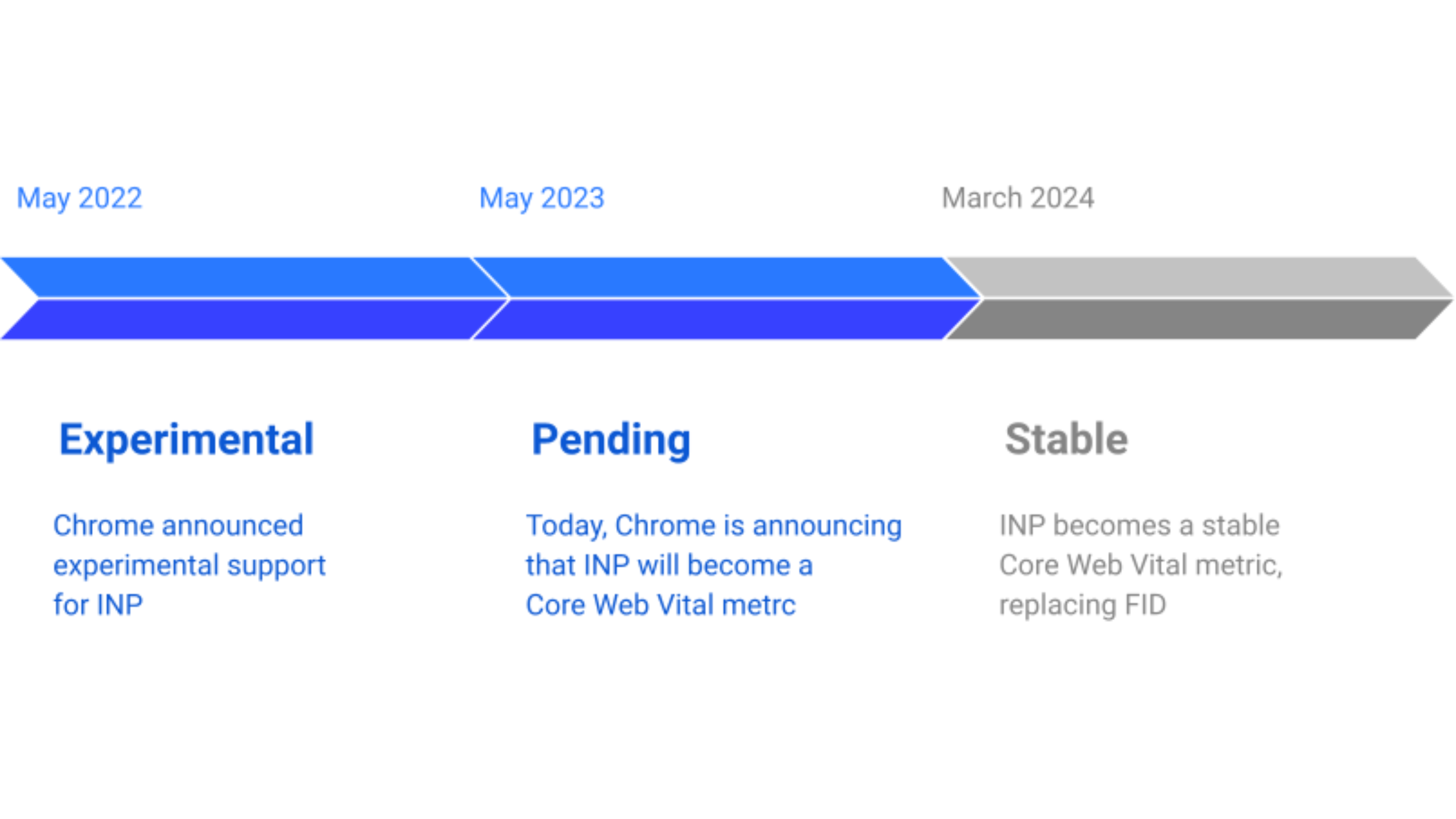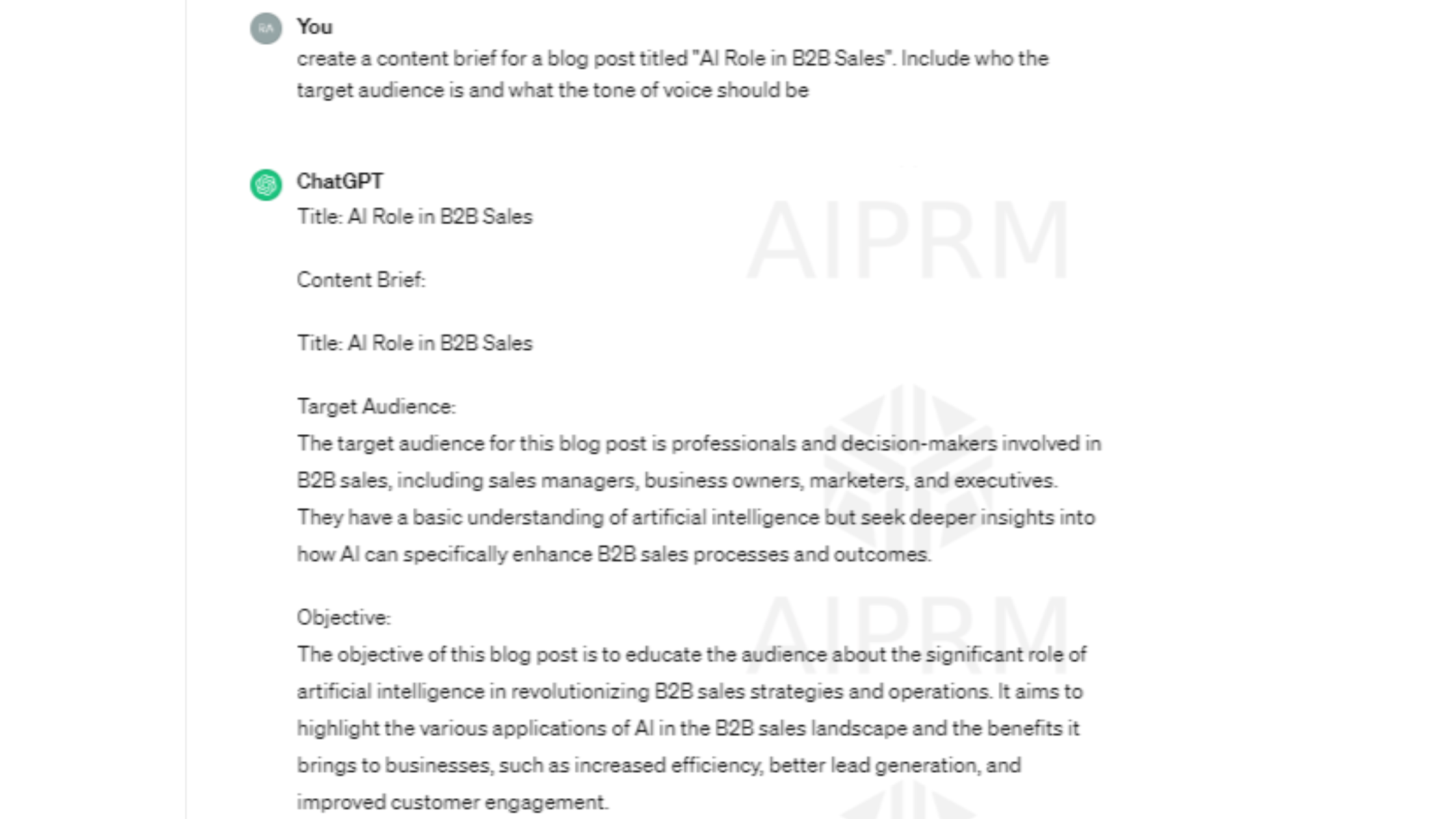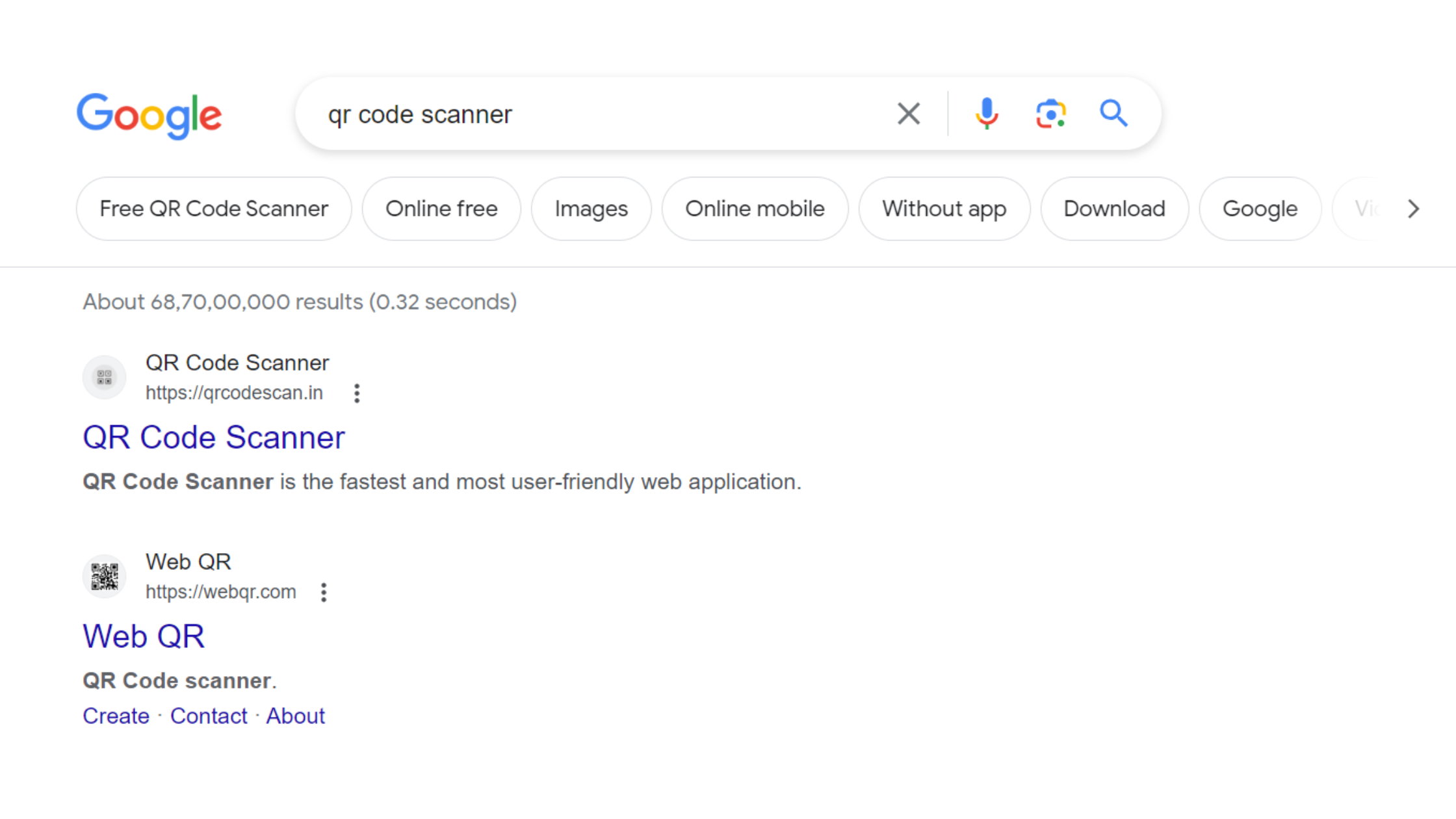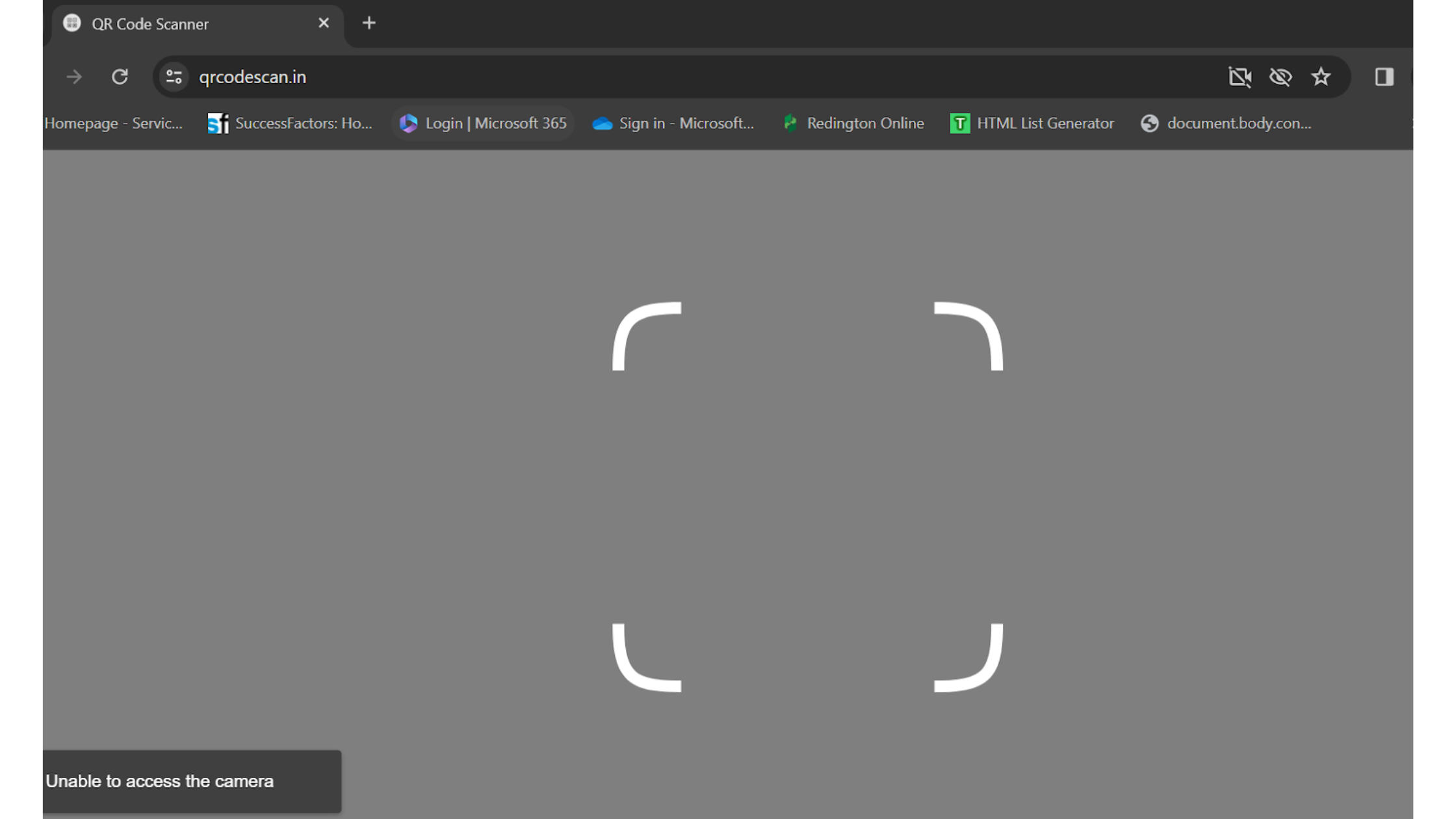Any follow-ups can be nerve-wracking especially when it comes to B2B sales. There are two questions here: what content should be put in follow-up...
Navigating the ever-changing landscape of SEO can feel like chasing a moving target. With Google tweaking its algorithm hundreds of times annually, SEO specialists often find themselves immersed in a whirlwind of updates, leaving them puzzled more often than not.
Attempting to track every minor adjustment is a futile endeavor. However, staying abreast of the major trends and techniques in SEO for 2024 can give you a competitive edge.
Consider this: a staggering 75% of searchers never venture beyond the first page of search results. This underscores the importance of mastering SEO strategies to secure top-tier rankings consistently and remain visible on search engine result pages.
To save you from the incessant task of monitoring Google’s algorithm updates, we’ve compiled a comprehensive list of the top 10 crucial SEO techniques for 2024.
- Get to Know the Core Web Vitals
Understanding Core Web Vitals is crucial for effective SEO in 2024. These metrics, introduced by Google in 2020, focus on measuring web pages’ speed, responsiveness, and visual stability. By achieving high scores on Core Web Vitals, websites can enhance their rankings and increase visibility on search engine result pages.
One of the key Core Web Vitals is Largest Contentful Paint (LCP), which assesses page loading speed. Aiming for an LCP of 2.5 seconds or faster is ideal. Another vital metric is First Input Delay (FID), which evaluates page responsiveness. The target FID is less than 100 milliseconds. Additionally, Cumulative Layout Shift (CLS) measures visual stability, with an ideal CLS of less than 0.1.
To measure Core Web Vitals, Google has updated several existing tools, including
- Google Search Console,
- PageSpeed Insights,
- Lighthouse,
- Chrome DevTools,
- Chrome UX Report,
- Web Vitals Extension
Utilizing these tools allows website owners to assess their Core Web Vitals performance and identify areas for improvement.
In March 2024, Google will update Core Web Vitals, replacing FID with a new metric called Interaction to Next Paint (INP).

Image Source – Google Search Central
INP evaluates a page’s responsiveness to user interactions, aiming for a response time below 200 milliseconds for optimal performance. High INP scores may indicate unresponsive interactive elements, necessitating optimization for improved user experience.
To optimize INP scores in 2024, website owners should consider strategies such as
- avoiding layout thrashing
- enhancing server response times
- minimizing input delay and DOM size
- breaking down lengthy tasks
- optimizing JavaScript execution by removing redundant code
- Intersection of AI and Human Creativity in Content Creation
As AI revolutionizes various aspects of our world, it presents both opportunities and challenges.
AI excels at generating content based on existing materials found in search engine results. However, the proliferation of generic content due to AI poses a significant threat to the internet landscape.
Imagine a scenario where AI becomes the primary source for content creation—this could result in a repetitive influx of similar content across the web.
This risk extends to individual websites as well. Content creators may rely heavily on AI, potentially leading to blogs filled with content largely derived from existing sources.
Despite significant advancements in AI writing technology, AI writing companies have resorted to hiring human writers to maintain the uniqueness and value of their content.
AI alone cannot replace human creativity and insights. Despite the rise of AI in content creation, there has been an increased demand for senior writers, highlighting the enduring value of human input.
However, AI can still play a valuable role in enhancing content creation processes. It can act as an editor, helping apply consistent voice and tone to drafts, summarize known information, condense existing copy, convert lengthy paragraphs into bullet points, and organize information into tables or top-level outlines.
Top-level outlines, in particular, serve as foundational frameworks for content, allowing experts to contribute their unique insights and depth. These outlines can then be further developed by human writers or subject matter experts.
Even when using AI, specificity in prompts is crucial to ensure the desired outcome. For instance, when utilizing ChatGPT for outlining content, providing clear and detailed instructions is essential.

However, there’s a caveat to relying too heavily on AI for these outlines: the potential to overlook valuable points. AI may overlook key aspects or unique angles that a human would have considered. Relying solely on AI suggestions risks stifling creativity and missing out on valuable insights.
In conclusion, it’s not AI that will replace SEO jobs. Rather, the key lies in harnessing the synergy between humans and machines. SEO professionals who effectively integrate AI into their strategies will outperform their counterparts who do not.
- Master the E-E-A-T Principle
In the realm of SEO, mastering the E-E-A-T principle is indispensable for success in 2024. E-E-A-T, which stands for Experience, Expertise, Authoritativeness, and Trustworthiness, serves as a cornerstone in Google’s Search Quality Rater Guidelines, with the ‘Experience’ aspect introduced in late 2022.
Fundamentally, E-E-A-T serves as a gauge for a brand’s authority and reputation in the digital sphere. Google prioritizes content originating from credible, established sources over less reputable ones. Let’s delve deeper into each component:
- Experience: This refers to the firsthand experience level of the content creator. Google favors content generated by individuals with extensive personal experience.
- Expertise: This denotes the depth of knowledge in a specific field demonstrated by the content creator. Content authored by subject matter experts tends to exhibit higher levels of expertise, which Google values.
- Authoritativeness: This reflects the credibility and reliability of the website hosting the content. It encompasses the reputation of the site and its author, influenced by factors such as backlinks from reputable sites, peer reviews, and online ratings.
- Trustworthiness: This considers the accuracy and transparency of the information provided. Sites demonstrating high trustworthiness offer reliable, factual content and maintain secure connections (HTTPS).
For businesses operating in competitive industries, the prospect of outshining larger or more established competitors may seem daunting. However, there are strategic approaches that can empower smaller entities to bolster their brand authority, trustworthiness, and reputation. Consider the following tactics:
- Streamline and enhance existing content quality
- Foster active engagement and garner mentions on prominent public forums and social media platforms
- Establish and prominently display author bios underscoring their expertise and credentials
- Cultivate partnerships and secure high-quality backlinks from authoritative industry sources
- Curate and showcase customer testimonials, case studies, and reviews to bolster credibility and social proof
- Encourage satisfied customers to leave positive feedback and reviews on reputable platforms such as Yelp, the BBB, Amazon, or Google.
By implementing these strategies strategically, businesses of all sizes can strengthen their online presence and carve out a competitive edge within their respective industries.
- Prioritize User Engagement Signals
Amidst Google’s high-profile antitrust case, the revelation of their search algorithm patents shed light on a significant emphasis on user signals for content ranking. It appears that Google heavily relies on user feedback to gauge content relevance and quality, surpassing deep content analysis. This shift underscores the importance of optimizing for user engagement and satisfaction in SEO strategies.
Interestingly, Google has demonstrated a superior ability to assess user sentiment towards content compared to understanding the content itself. This dynamic has prompted a pivotal shift in SEO towards focusing on user signals directly.
Previously, there were instances of companies deliberately provoking negative customer experiences to generate backlinks, a strategy that worked until Google intervened. Now, Google employs sophisticated systems to analyze user interactions with web pages, penalizing negative sentiments and prioritizing user satisfaction in rankings.
This evolution in SEO strategy is exemplified by instances such as a page ranking #1 for a “QR code scanner” with no content but a functional QR code scanner. Despite lacking traditional content, the page satisfies user intent, showcasing the significance of optimizing for user needs beyond conventional content parameters.


Moving forward, successful SEO strategies will increasingly revolve around catering to user needs and expectations, extending beyond traditional content optimization. Emphasizing user engagement signals, such as bounce rate and user interactions, will be paramount for achieving ranking success in the evolving digital landscape.
- Embrace Long-Tail Keywords
With each Google algorithm update, the search engine evolves, becoming increasingly adept at understanding the nuances of user queries. Now, Google can discern relevant subtopics within specific keywords, expanding the scope of search results.
Consider a search for “enterprise software solutions.” Google now recognizes that terms like “cloud-based solutions,” “enterprise resource planning (ERP),” or “customer relationship management (CRM)” are pertinent subtopics, leading to more diverse search results tailored to B2B audiences.
What implications does this hold for SEO? Short-tail keywords will face intensified competition. However, leveraging long-tail keywords—phrases comprising three or more words—offers a strategic advantage, increasing the likelihood of securing a top spot in search results.
For instance, if targeting the keyword “B2B digital marketing strategies,” integrating this term into titles, meta descriptions, and URLs is essential. Additionally, incorporating related long-tail phrases like “lead generation tactics for B2B companies,” “effective B2B content marketing strategies,” and “account-based marketing techniques for lead generation” into content enhances visibility for associated terms, catering to the specific needs and interests of B2B marketers and businesses focused on lead generation.
In essence, embracing long-tail keywords not only adapts to Google’s evolving algorithms but also expands the potential reach and visibility of your domain in search engine results.
- Maximize Visibility with Voice Search
Voice search has evolved significantly from its early stages with virtual assistants like Siri and Alexa. Its usage has diversified, primarily catering to quick fact checks, local business inquiries, and hands-free assistance during various activities.
While there was initial hype around optimizing content specifically for voice search, it’s now evident that most voice searches rely on pulling results from the top Google search results. Therefore, prioritizing traditional SEO strategies remains the most effective approach for voice search optimization.
- Harness the Potential of Visual Search
Visual search has emerged as a powerful tool for various purposes such as shopping, navigation, landmark identification, local business reviews, translation, recipes, and nutrition information. Google Lens searches and image uploads to Google’s search field have significantly contributed to its utility.
Recent research highlights key factors for optimizing visual search, including ensuring mobile-friendliness, employing traditional image SEO techniques, and incorporating descriptive text alongside images on web pages.
Pinterest and Google Lens exemplify platforms that harness visual search technology, revolutionizing the way users explore and uncover content.
- Generate New Content
While it may seem obvious, it’s essential not to overlook the significance of consistently creating fresh, high-quality content for your audience. Amidst the focus on on-page SEO intricacies, the importance of producing new content can sometimes be overshadowed.
Research has demonstrated that 60% of marketers who produce at least one piece of content daily face significantly fewer challenges in acquiring leads compared to those who are inconsistent in their content creation efforts.
Creating new content presents an opportunity to seamlessly integrate today’s SEO best practices from the outset. Prioritize elements such as page titles, content headers, subheadings, image alt text, and industry-relevant keywords to optimize your content effectively.
Moreover, fresh content holds greater value in the eyes of users, as it is perceived as more up-to-date and relevant. When users search for answers, they often consider the publication date to gauge the content’s timeliness and accuracy.
Additionally, freshness itself is a crucial ranking factor. Publishing new content frequently signals to Google the relevance and vitality of your website. This prompts more frequent indexing of your pages by Google’s crawlers, leading to quicker ranking of your content in search results. Therefore, maintaining a consistent schedule of content creation is paramount for enhancing your SEO performance and staying competitive in search rankings.
- Revitalize Your Content
Amidst the hustle of creating new content, it’s crucial not to overlook the value of updating your existing posts. This fact is supported by a statistic indicating that 34% of bloggers affirm that updating content yields significant outcomes.
Neglecting your old content can lead to a gradual decline in relevance and visibility. Considering the significant investment of time and effort poured into these posts, it’s essential to seize the potential they hold.
One effective method to breathe new life into old content is by conducting a thorough link audit. Identify and rectify any broken or outdated external links within your posts. Not only does this enhance user experience, but it also safeguards against potential penalties from Google for maintaining broken links.
Moreover, revisiting your internal linking strategy is equally important. As you produce fresh content, revisit relevant older posts and incorporate links to these new articles. This signals to Google a cohesive relationship between your pages, expediting the indexing process for new content and bolstering your posts’ rankings for pertinent search queries.
- Optimize Your Images
In 2024, mastering image optimization is crucial for SEO success, considering that over 10% of Google’s traffic is directed towards images. To effectively conquer SEO, it’s imperative to understand how to optimize images for search engine visibility.
Start by ensuring that the images you utilize are not only high-quality but also directly relevant to your targeted keywords. Users should be able to grasp the essence of your content simply by viewing the image. Additionally, always remember to compress images before uploading them to your website to prevent slowing down page loading times. Since Google factors in page speed when ranking websites, optimizing image sizes is essential.
Furthermore, image alt tags play a significant role in SEO. These tags serve as text alternatives to images and assist search engines in associating keywords with your visuals. Additionally, alt text becomes visible if an image fails to load.
When crafting alt text, prioritize relevance and include keywords where appropriate, but avoid keyword stuffing. Incorporating keywords in a natural and meaningful manner is key, as Google may penalize sites for excessive keyword usage. Focus on providing relevant information in alt text to enhance the overall SEO performance of your website.
The Bottom Line
Staying abreast of every Google algorithm update can be overwhelming for busy marketers. While staying informed about the latest trends is beneficial, prioritizing optimization for people remains paramount. In 2024, the focus of every SEO technique revolves around catering to the needs and experiences of users. Therefore, devote your efforts to crafting high-quality content that addresses the queries and educates your target audience.
Get in touch with DealsInsight, a leading B2B digital marketing company, if you require assistance in developing your 2024 SEO strategy. Our team of SEO experts is equipped to assist you with various aspects, including keyword research, link building, content creation, and optimization. Let us help you surpass your competitors and propel the growth of your business.




